If you have ever watched movies about autumn in Japan, you must have been fascinated by the scene of red and yellow leaves covering the paths. From Tokyo to Kyoto, from the mountains of Hakone to the ancient castle of Kanazawa… the autumn scenery in Japan is not only beautiful but also evokes a feeling of meditation and depth.
1. Discover onsen bathing culture – More than just a soak
Japanese autumn and the healing journey from hot springs. (Photo: Collected)
In Japan, onsen are not just a place to bathe, but also a deep part of people's spiritual life. They believe that soaking in hot mineral water is a way to purify the body, balance the mind and connect with nature.
I remember the first time I stepped into a traditional onsen in Hakone, the sound of the stream gently flowing in my ears, the steam rising up faintly, my body melting in the warm, soothing water. No phone, no Wi-Fi, just me and the present moment.
2. Famous hot springs in Japan not to be missed
Here are some onsen destinations I recommend you consider for your fall trip:
Hakone Onsen (Near Tokyo)
Hakone is the most popular autumn destination with the view of Mount Fuji in the distance, the calm Lake Ashi, and the red leaves against the sky. (Photo: Collected)
Location: About 1 hour 30 minutes by train from Tokyo.
Hakone is one of the most popular and easily accessible hot spring destinations from Tokyo , just an hour and a half by train. I spent a whole day here in November, when the maple leaves were starting to change color against the clear sky.
What impressed me most was the perfect combination of beautiful nature, traditional culture and meditative tranquility. The ryokan (Japanese-style inns) scattered around the mountains and lakes, most of which have their own hot springs. Soaking in the warm water, looking out to where Mount Fuji looms in the autumn forest, is a moment I will never forget.
You can also take a cruise on Lake Ashi or visit the Hakone open-air museum to enjoy art and immerse yourself in the Japanese autumn atmosphere.
Kusatsu Onsen
Kusatsu Onsen - One of the hot springs with the highest mineral content. (Photo: Barrett Ishida)
Location: Gunma Prefecture, about 3 hours by train + bus from Tokyo.
Kusatsu is not only famous for its high mineral content but is also considered to be the top “healing” place in Japan. This town is located in Gunma prefecture, about 3 hours from Tokyo, and is famous for its Yubatake – “hot springs” where the mineral water evaporates white in the middle of the central square. I stayed in Kusatsu for two nights and was fascinated by the slow pace of life, the faint smell of sulfur, and the friendliness of the locals.
Unlike many other onsen, Kusatsu keeps its water undiluted – this creates a stronger feeling when bathing but is extremely good for the skin, especially sensitive or easily irritated skin. The ryokan here often have a traditional design, creating the feeling of stepping into a Japanese period drama. If you are looking for a place to detox both body and mind, Kusatsu is the perfect choice.
Noboribetsu (Hokkaido)
If you like to experience hot springs in the middle of wild nature, don't miss Noboribetsu. (Photo: Collected)
Location: Hokkaido Prefecture, 1.5 hours from Sapporo.
Located in northern Japan, in Hokkaido province , Noboribetsu is a special hot spring area not only because of its magnificent landscape but also because of its diversity in mineral water sources, up to 11 different types.
I came here in early October, when the air started to get chilly and nature started to change colors. Walking through the Jigokudani Hell Valley, where steam billowed from underground vents, I felt like I was standing in the middle of a fantasy scene. The waters at Noboribetsu contain many minerals that are good for bones, joints, skin and blood circulation.
The ryokan here all have outdoor baths in the middle of nature, where you can completely relax in a quiet space with only the sound of wind and water. This is really a destination I recommend you experience at least once in your life.
3. Hot Springs in Tokyo – An Easy Experience in the Heart of the City
No time to leave the city? No problem, Tokyo has some great onsen. (Photo: Collected)
There’s no need to leave Tokyo to find a relaxing onsen experience. In fact, there are plenty of hot springs in the heart of this bustling city that are steeped in traditional Japanese culture. On my recent trip, I spent a relaxing afternoon at Oedo Onsen Monogatari in Odaiba – an Edo-style onsen complex. As soon as I stepped inside, I felt like I was in an ancient town: cobblestone streets, lanterns hanging along the verandas, and people walking around in colorful yukata.
The interesting thing is that this place has all the amenities: from traditional onsen baths, foot baths, Japanese restaurants to folk games. Of course, the best moment is still when I soak in the warm mineral water tub, looking up at the artificial sky ceiling lit up like the autumn moon.
Alternatively, if you want a quieter space, Saya no Yudokoro in Itabashi is a good suggestion. This onsen area has ancient wooden architecture, surrounded by Japanese Zen gardens, giving a true Zen feeling not unlike a ryokan in the mountains. The great thing is that all these experiences are easily accessible by train, very suitable for visitors who do not have much time but still want to fully experience the Japanese spirit.
Personally, I find the experience in Tokyo convenient, although not as "natural" as the mountains, but still retains the spirit of relaxation and recovery.
4. Effects of hot springs – Unexpected health benefits
Experience hot spring bathing - Beautiful skin, blood circulation. (Photo: Collected)
Bathing in an onsen is not only a traditional relaxation ritual but also a comprehensive health care therapy that has been trusted and maintained by the Japanese for hundreds of years. I used to wonder why the elderly in Japan are still so healthy and flexible, and after many times bathing in an onsen, I began to understand.
The natural hot mineral water in onsens contains many minerals such as sodium, sulfur, calcium, magnesium, etc., which help dilate blood vessels, promote circulation and eliminate toxins from the body. Especially for people who often suffer from stress, muscle pain or insomnia, regularly soaking in hot water at a temperature of about 40-42°C every day will bring very obvious results.
One thing I feel most clearly after each onsen bath is that my skin becomes softer and smoother. This is thanks to the mineral ions that stimulate skin cell regeneration and deep clean pores. In addition, many people also go to onsen to treat arthritis, dermatitis, sciatica, low blood pressure or circulatory disorders. Both physically and mentally, hot springs are truly a gift of nature to human health.
5. What should I wear and what should I keep in mind when going to a hot spring?
Experience wearing yukata and bathing in Japanese onsen. (Photo: Collected)
When I first came to the onsen, one of the things that surprised me was the dress code, or more precisely... not wearing anything. This might sound a bit awkward to foreign visitors at first, but for Japanese people, bathing nude in gender-separated spaces is completely normal and cultural.
Before entering the bath area, you will be given a yukata – a thin kimono to wear in the ryokan or onsen. When entering the bath area, you will take off all your clothes and only bring a small towel to wipe your sweat (note that this towel is not allowed to be soaked in the water). Next, you must wash yourself thoroughly with soap and wash your hair in the toilet area before getting into the bath. This is an important rule to maintain general hygiene and show respect for local culture.
Also, remember:
- Do not talk loudly, do not take pictures, do not disturb others.
- Some onsens do not allow people with tattoos due to their association with the yakuza image. However, more and more places are becoming more international-friendly, and you can cover up your tattoos with stickers or choose a private onsen.
- For first-timers, relax and immerse yourself instead of worrying. Because onsen is a place to “let go of everything” and return to yourself.
6. Suggested 6-day itinerary to explore Japan in autumn with onsen
Travel to Japan in autumn: admire the brilliant red leaves, relax in an onsen bath. (Photo: Collected)
Below is a 6-day itinerary I did, combining city sightseeing with a true onsen vacation. Whether you travel independently or book a tour, you can easily apply this itinerary:
Day 1 – Tokyo
Starting from the bustling capital Tokyo, you can stroll around Shibuya, visit Meiji Shrine, admire the autumn leaves at Yoyogi Park. In the evening, spend time relaxing at an inner-city onsen like Oedo Onsen Monogatari - a very worthwhile choice to "open" the journey.
Day 2 – Nikko
Travel to Nikko by train, famous for its UNESCO temples, majestic autumn scenery and Kinugawa Onsen hot springs. This is a great place to experience an outdoor onsen bath amidst the brilliant autumn nature.
Day 3 – Hakone
Leaving Nikko, you can go to Hakone - famous for Owakudani Ropeway, Lake Ashi and ryokan areas with views of Mount Fuji . Here, choose a ryokan with a private outdoor bath to enjoy the moment of soaking in the hot water in the cool autumn weather.
Day 4 – Kyoto
Continue to Kyoto – the thousand-year-old capital with Fushimi Inari Shrine, Kiyomizu-dera Temple and Arashiyama Bamboo Forest. Autumn in Kyoto is one of the most romantic scenes in the land of the rising sun. In the evening, you can stay at a ryokan and relax with an onsen in the suburbs like Kurama.
Day 5 – Kinosaki Onsen
Head to Kinosaki – an onsen town famous for its seven public bathhouses. You can wear a yukata, stroll around the small town, and soak in the various onsens as a true healing ritual. The feeling of walking from one bathhouse to another under the autumn lanterns is truly unforgettable.
Day 6 – Osaka
End your trip in Osaka , where you can shop at Shinsaibashi and enjoy the street food of Dotonbori. If you have time, try an urban onsen to complete your trip.
7. FAQ – Frequently asked questions about hot spring bathing experiences in Japan
1. Can people with tattoos enter onsen?
Not all onsens allow it. Look for ones marked “tattoo-friendly.”
2. Should I go to onsen during the day or at night?
Both are enjoyable. Evenings are usually quieter, especially in the fall, and watching the red leaves at night is very poetic.
3. How long is enough to bathe in an onsen?
It depends on your tolerance, but 15–20 minutes is usually ideal. Don't soak for too long.
Traveling to Japan in autumn is not just about admiring the red leaves, but also a journey to heal the soul and regenerate energy through cultural experiences such as bathing in onsen.
If you are looking for a relaxing and meaningful trip, pack your bags and immerse yourself in the warm autumn steam of Japan. And don’t forget to save this article as a guide for your upcoming trip to Japan. Share it with your friends who are also passionate about traveling, who knows, you might have a travel companion this autumn!
Source: https://www.vietravel.com/vn/am-thuc-kham-pha/du-lich-nhat-ban-mua-thu-trai-nghiem-suoi-nuoc-nong-onsen-v17788.aspx


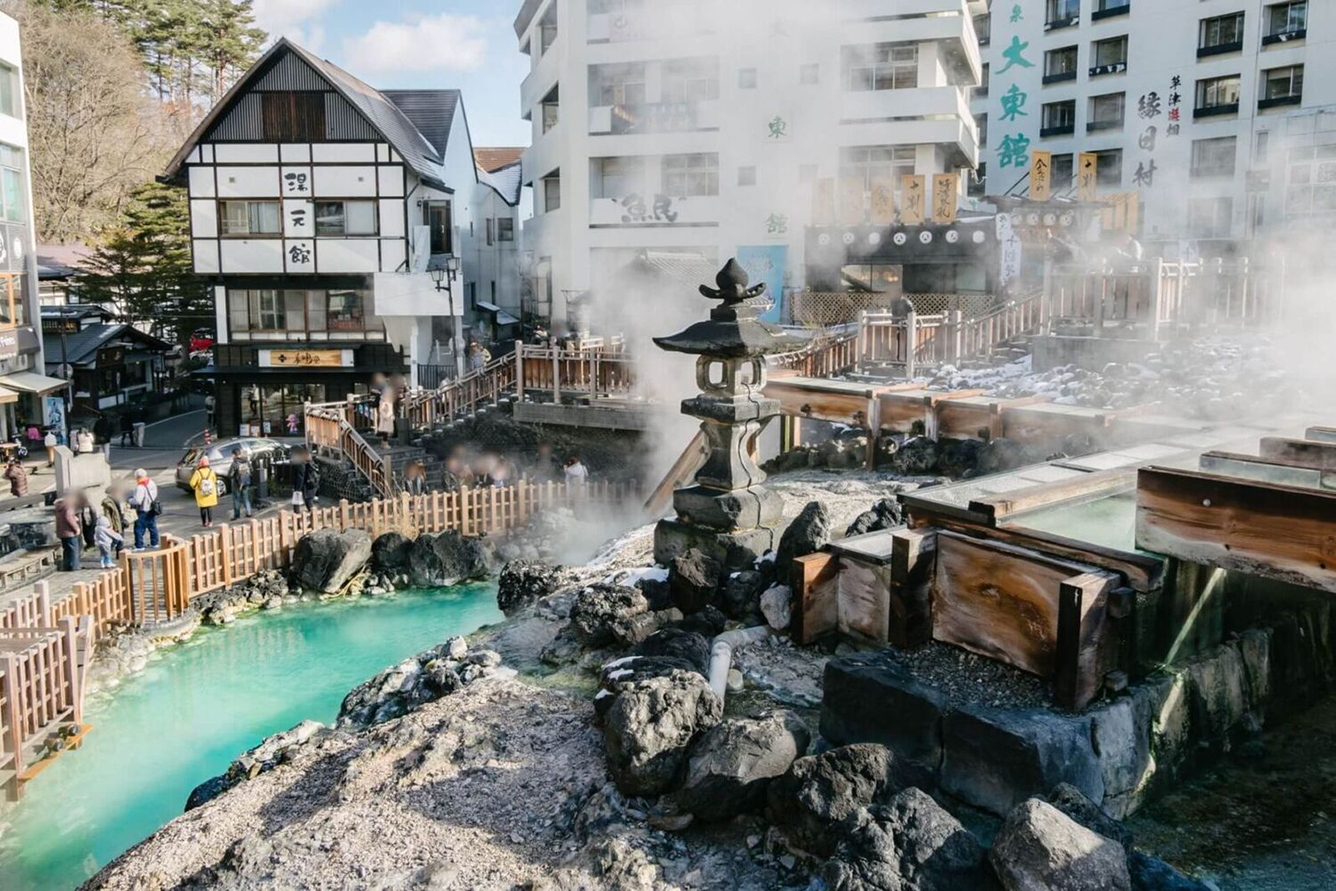
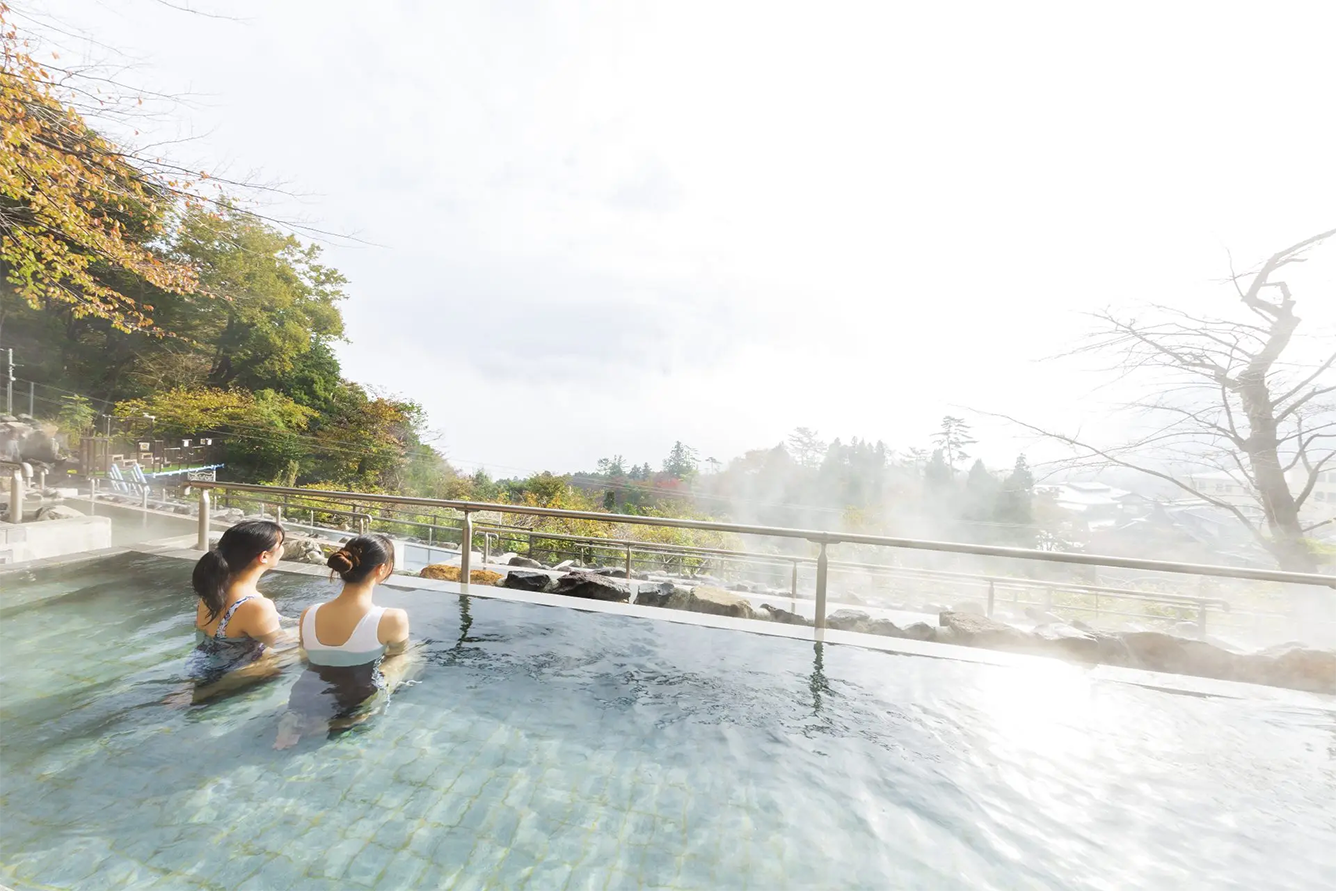
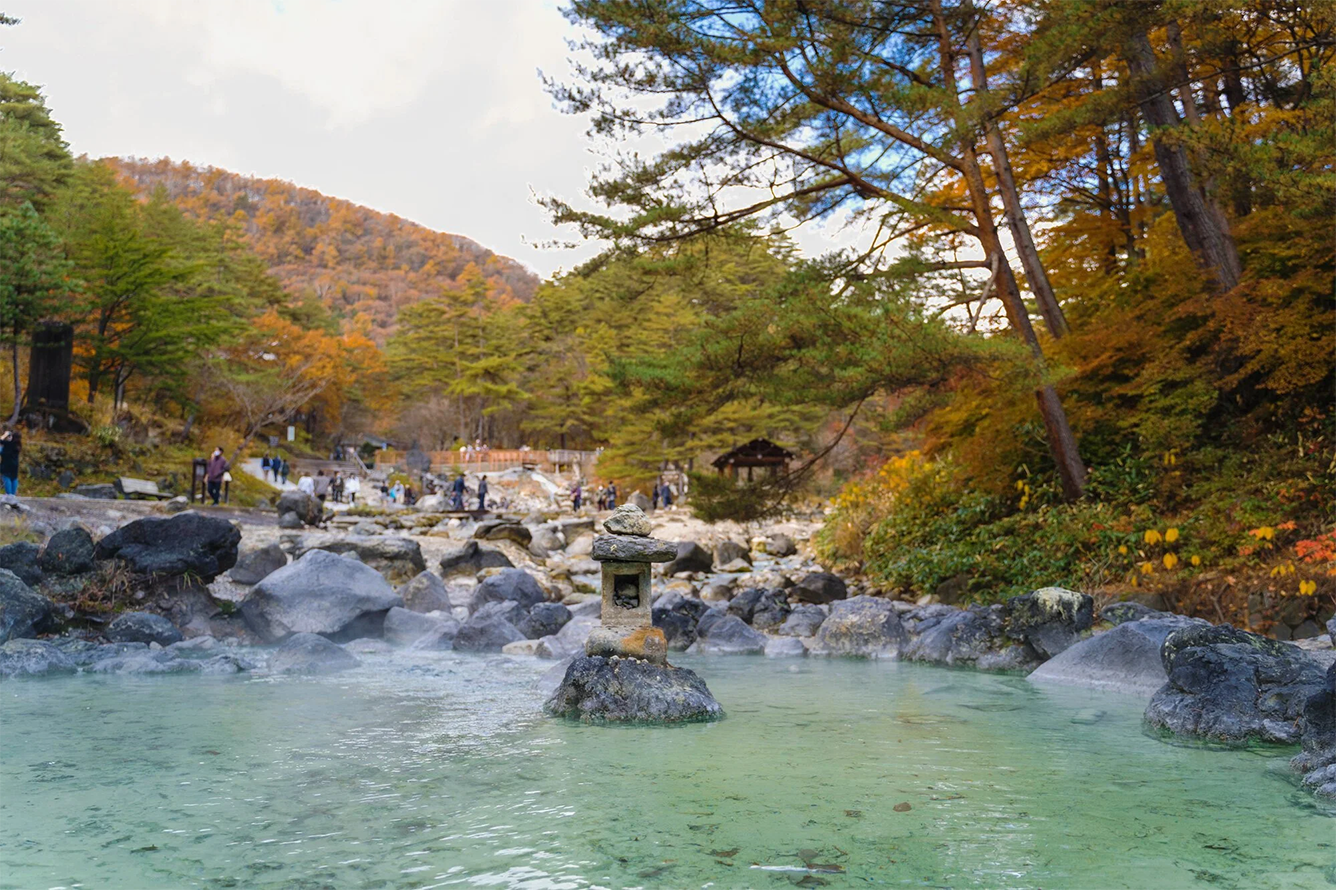
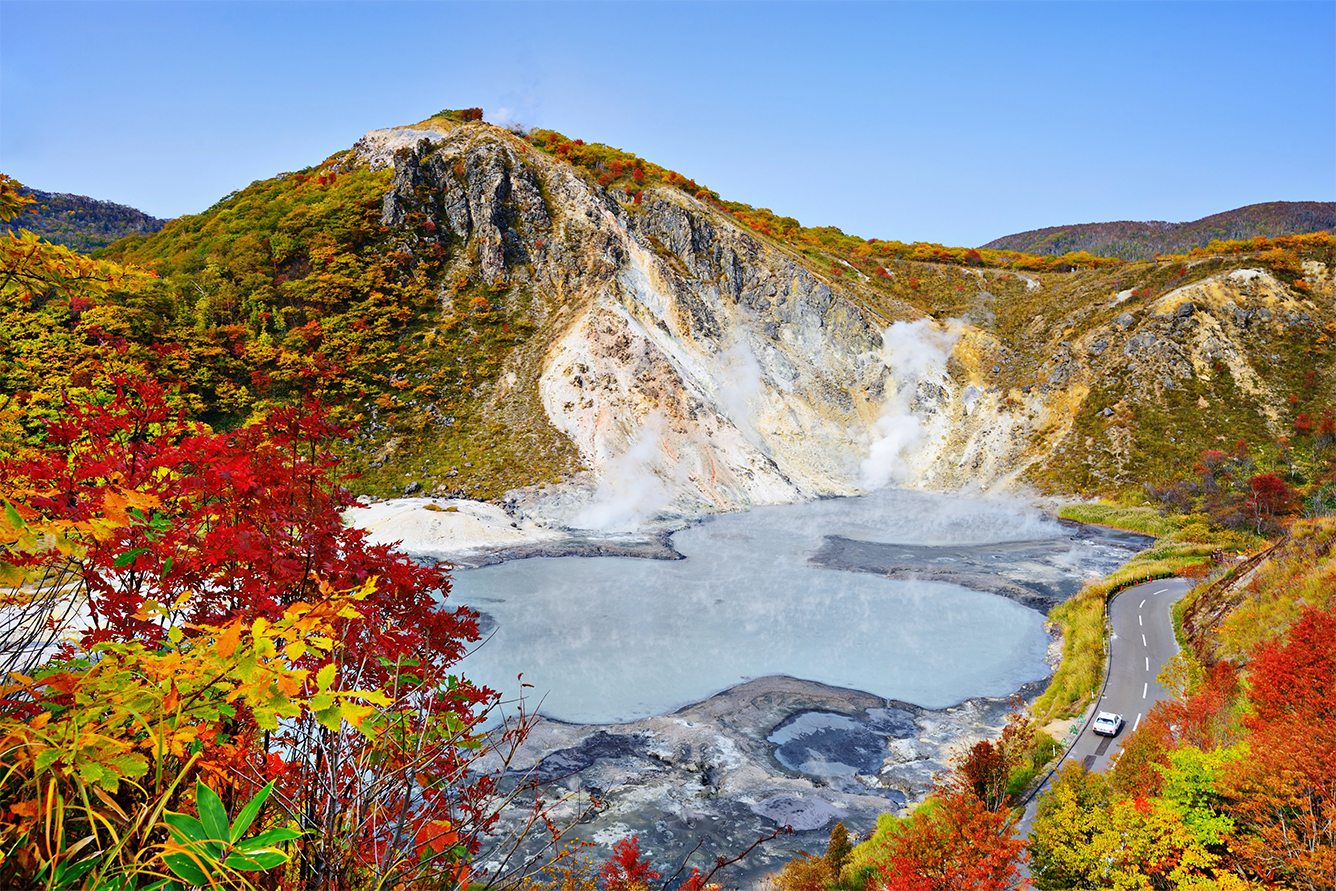
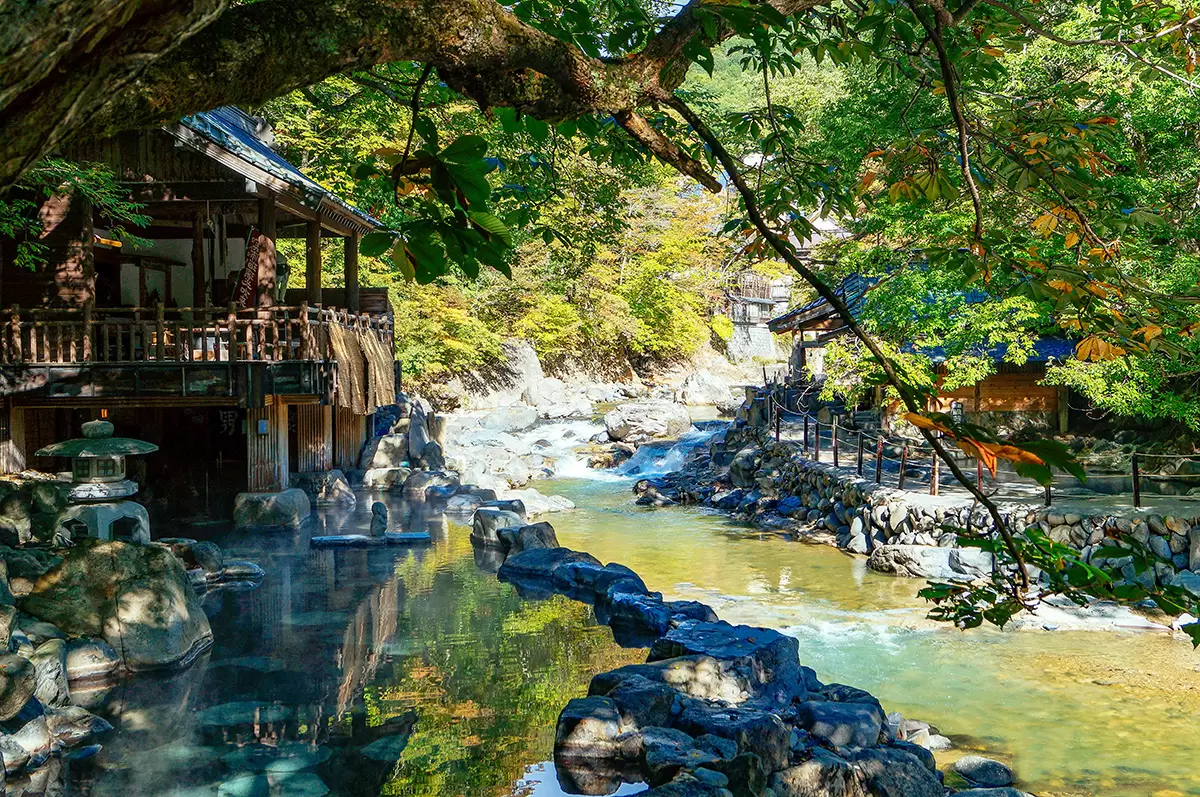
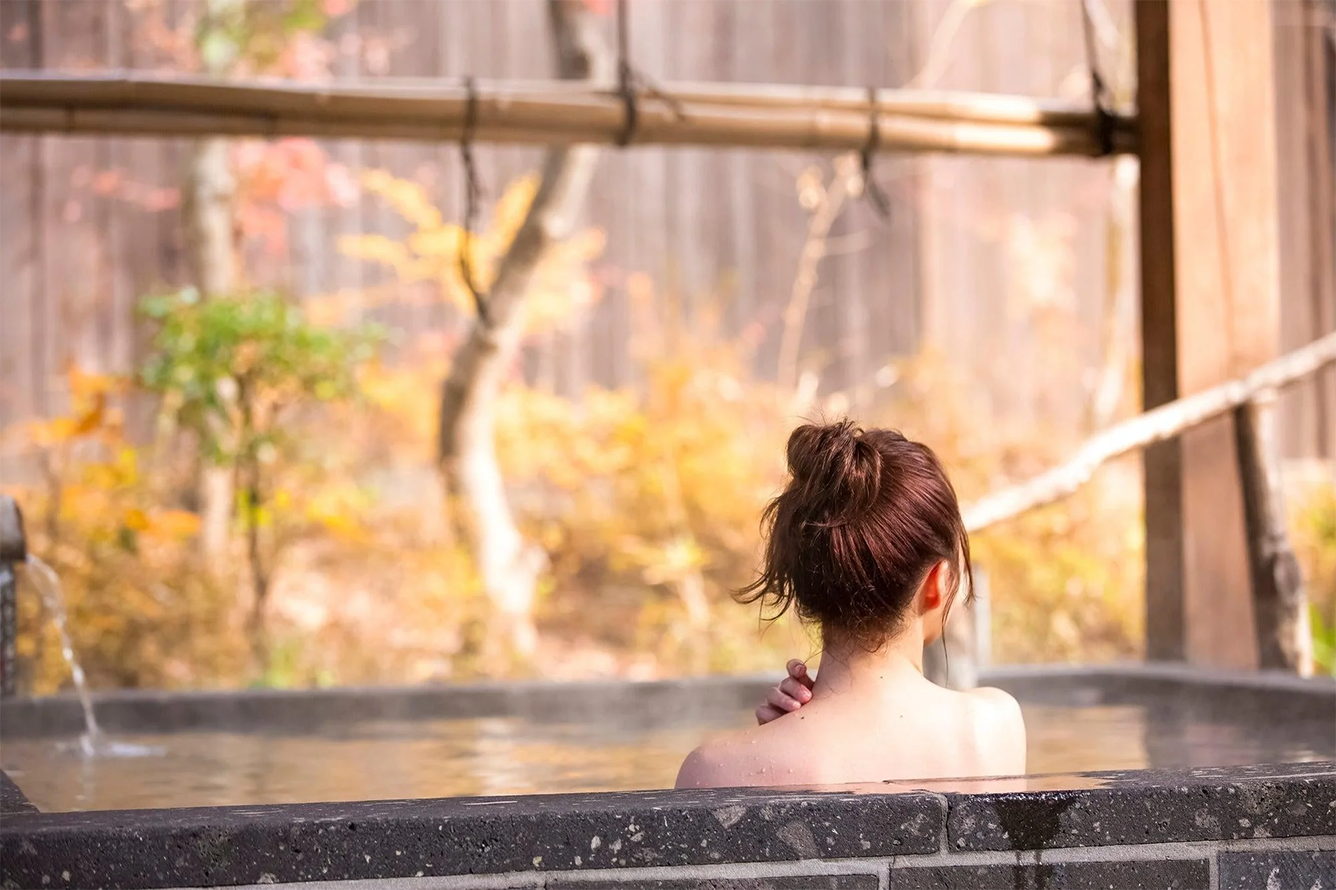
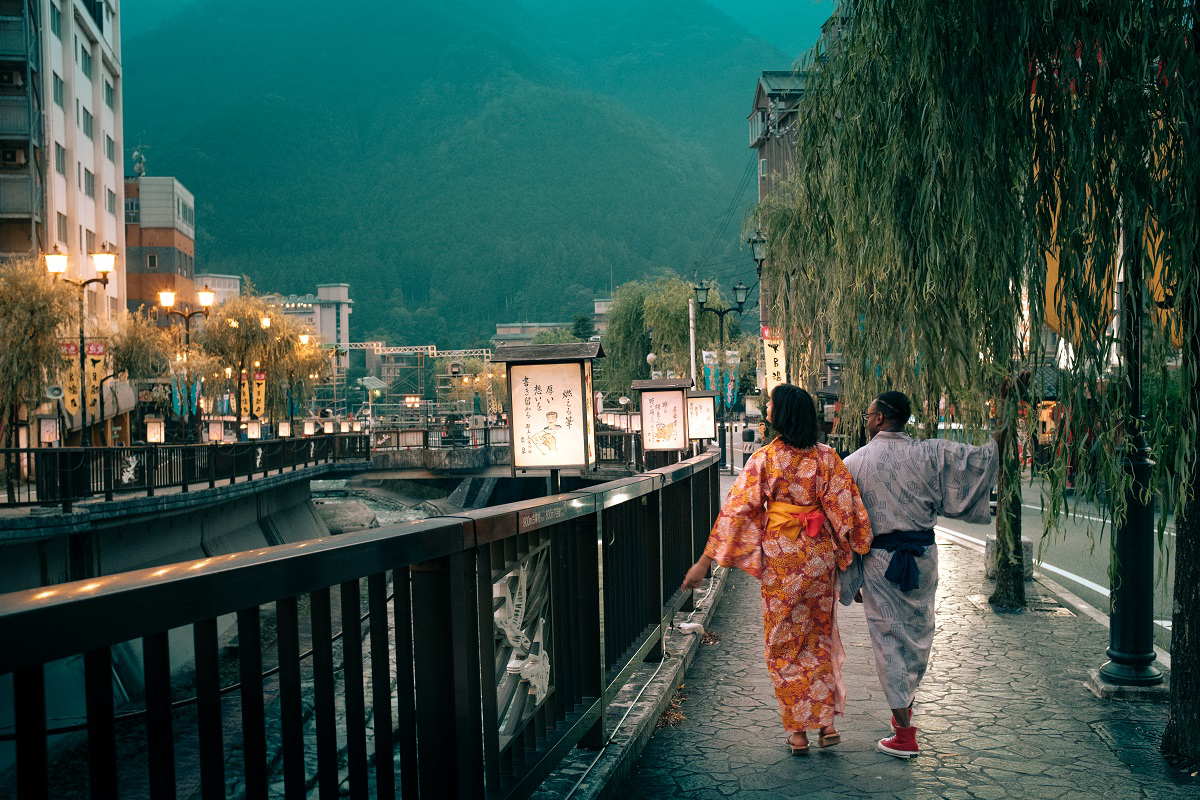
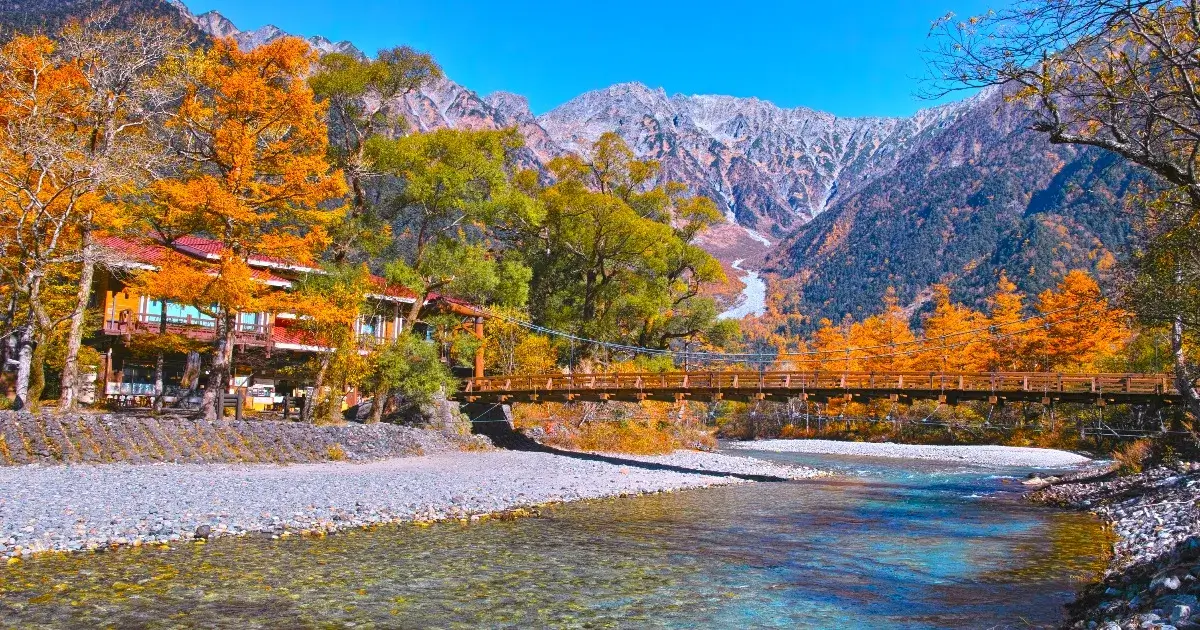
![[Photo] "Exposing letters" in the flood center of Lang Son](https://vphoto.vietnam.vn/thumb/1200x675/vietnam/resource/IMAGE/2025/10/10/1760080117518_ndo_br_z7101324112737-07cd4d1c01801a8ccf4ae0cbaf31c4a3-507-jpg.webp)
![[Photo] Ho Chi Minh City is brilliant with flags and flowers on the eve of the 1st Party Congress, term 2025-2030](https://vphoto.vietnam.vn/thumb/1200x675/vietnam/resource/IMAGE/2025/10/10/1760102923219_ndo_br_thiet-ke-chua-co-ten-43-png.webp)



![[Photo] Unique Phu Gia horse hat weaving craft](https://vphoto.vietnam.vn/thumb/1200x675/vietnam/resource/IMAGE/2025/10/10/1760084018320_ndo_br_01-jpg.webp)














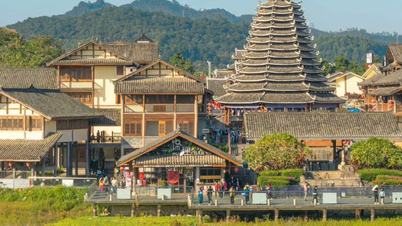
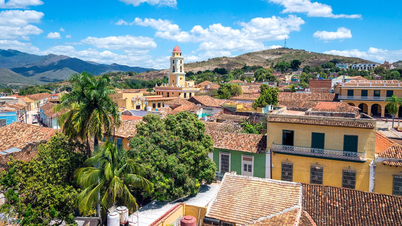
























































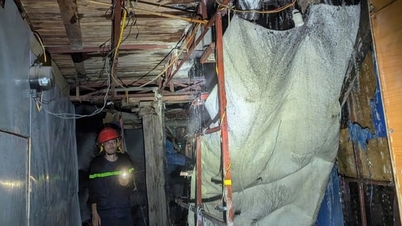




















Comment (0)